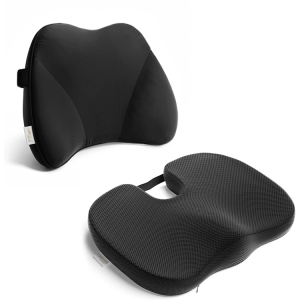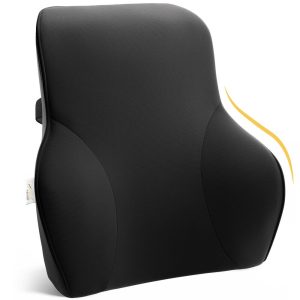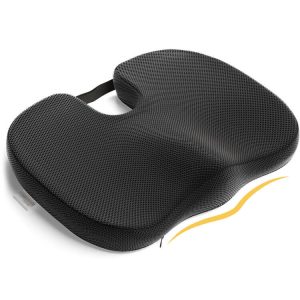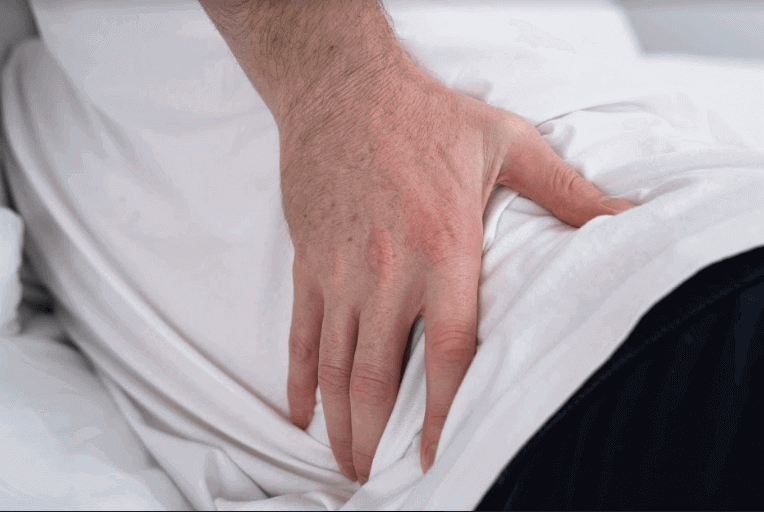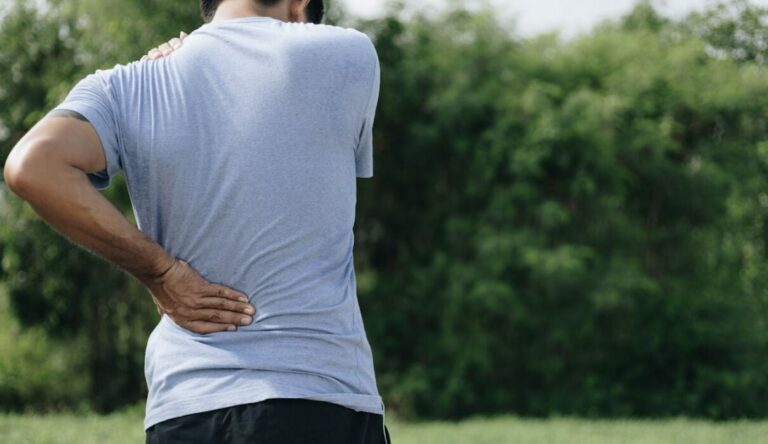Subtotal: €69.99
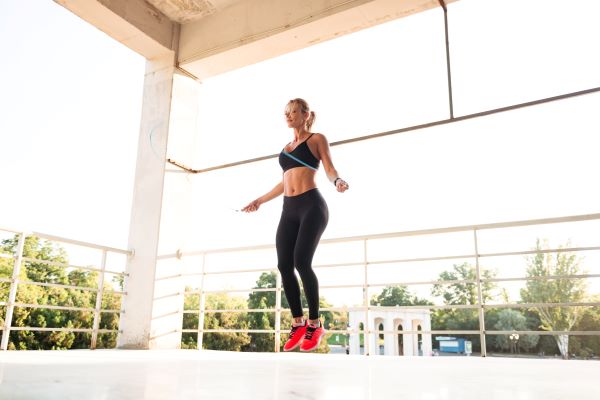
One of the best forms of exercise that meet all those specifications is jumping rope. That's right, the same thing you probably did when you were younger during playtime.
This seems shocking since the jumping rope isn't complicated, but surprisingly it has the same intensity as a 20-mile-per-hour bike ride or an 8-minute-mile run.
Aside from the fact that jumping rope is uncomplicated ("jump rope workouts" usually ranges between 05 to 20 minutes long) and quickly done indoors; it also has a lot of good benefits, such as the following:
• It strengthens your heart and significant body muscle Burn calories and muscles
• It is a healthy way to lose excess weight, especially for people with underlying conditions such as diabetes
However, despite being easy, most beginners who take up jumping rope attest that it can lead to injuries and body pains, specifically back pain when done incorrectly.
So, what causes the back pain? How to deal with and how to avoid it happening in the first place? Let's discuss it below:
Pushing Yourself Too Hard and Too Fast
It's exceptionally vital to be conscious of your body and to know your physical limits. It is great to push yourself, of course, but not to the point where your body suffers injury.
Remember that it is normal to feel some pain when doing any exercises; after all, you are challenging your body and using muscles you probably have not used for quite a while.
However, you should differentiate between normal pain and the "bad type of pain."
Pushing yourself too hard, too fast, and too early can lead to back injuries, leading to sharp shooting pain to the point where your movement is limited, visible swelling, and extreme tenderness. So, make sure to take notice and know when to stop.
If, unfortunately, you are already feeling these bad pains, then make sure to check in with a medical professional when it doesn't go away within a couple of days. Make sure to stop exerting and rest your body until it is healed again.
Incorrect Posture, Form, and Technique
Jumping rope is not effective when your posture, form, and technique are incorrect. Doing it wrong can lead to injuries and can cause back pains. There are many good YouTube tutorial videos that you can check out the posture, form, and technique that professionals agree to be best for jumping rope exercises.
However, some of the basic things to remember would be:
Don't hunch your shoulders
You might get the urge to do so to clear the rope but don't do it. Don't hunch, or your upper back and neck area may suffer from soreness. Keep your shoulders away from the ears (push it back) and make sure your rope is adequate with your height.
Arching your back too much
There are many body parts involved when jumping rope (arm, wrist, legs, knees), which leads to paying less attention to your back and spine alignment, driving to over-arching your lower back, which would lead to back pains. To avoid this, make sure to engage your core whenever you jump.
Arms extended too far
Beginners tend to raise their arms straight away from their body to avoid getting hit by the rope, but this is a colossal mistake that does not make sense and sadly can cause back pain. Our tip would be to keep your elbows close to your sides whenever you are jump roping.
Blogs You May Enjoy Reading:
Gazing at the ground
This is extremely common when the person starts to get fatigued. It helps when you focus on the rope passing on your feet, but this also strains your back and neck. Remember, it is vital to keep your body (from head to toes) as straight as possible; gazing down would not help in the long run. Tuck your chin slightly instead and trust your body to hit the correct timing – it might take some practice, but you will get there
Poor Choice of Shoes
Jumping rope does not require much, but it does need good shoes. What counts as a good pair of shoes? Well, it must check the following:
- Is durable and has good enough cushioning to be a source of protection layer when your feet hit the ground.
- Talking of hitting the ground; it must act as a good shock absorber.
- Must be light and comfortable
- Offers good stability
Jumping in poor shoes that does not check those factors above can lead to your body absorbing shock and would later on convert to tensions and pain on your feet, legs and back.
The Surface Where You Jump and Your Landing Form
It might not seem so, especially if you are wearing good shoes, but the surface you jump on matters a lot and can be a factor behind many injuries and back pain.
If you can, then choose to jump on surfaces like wood and rubber flooring. Try to avoid concrete as much as possible, but if that is not possible, stay within low-intensity jumping rope workouts or use a jump rope mat.
Another critical thing to know is how an incorrect landing form can cause you back pain and other injuries.
Take, for example, the most common mistake; landing with a slap on the ground. This is a newbie mistake that everyone probably went through. Don't worry! You can learn as you go on.
Newbies tend to have weak calves, leading to getting tired fast and causing them to land the heels on the ground with a slapping sound.
This motion leads to stiffness and pain in the lower back. The correct landing form is on toes with the heels off the ground.
To help accustom your body to do this, make sure to focus on a soft landing; don't touch your heels to the ground. Try to stiffen your legs as you jump by slightly bending in your knees.
Most importantly, when you feel like your calves are about to give up, and you are most likely going to slap land on the ground, then it is probably time to take a rest. Remember tip # 1: don't push too hard; too fast.
Lack of Warm-Up and Stretching
Whatever type of exercise it is, people tend to feel tempted to skip the warm-up and stretching. Don't. Especially when jumping rope, don't skip doing warm-ups and stretching before starting. Warm-up is not just an option! It is mandatory unless you love getting injured.
A good warm-up routine can also prepare your body and make your exercise session more effective. It helps increase your heart rate, body temperature, blood flow, perspiration, and respiration rate.
Doing warm-up and stretching can also make your joint ready and your whole body more flexible. Incorporating them regularly into your exercise session can help minimize back pain, soreness and reduce your chances of injury.
There we go; those factors above are the usual culprit behind back pains after jump rope workouts. Take note of them and remember the tips we told you, and hopefully, they can support you out.
So, Why Does My Back Hurt After I Use The Jump Rope?
Staying healthy is critical. That is why exercising is a must. However, doing an exercise poorly leads to injuries, which would defeat the purpose of doing it, wouldn’t it?
So, make sure to exercise correctly and go at your own pace. Don’t force yourself; no one is a master on day one. So, jump rope today and do it again tomorrow and the day after that, and so on. Soon, before you realize it, you already got the hang of it.
You can do more challenging and complex jump rope workouts without the fear of your back pain killing you.
